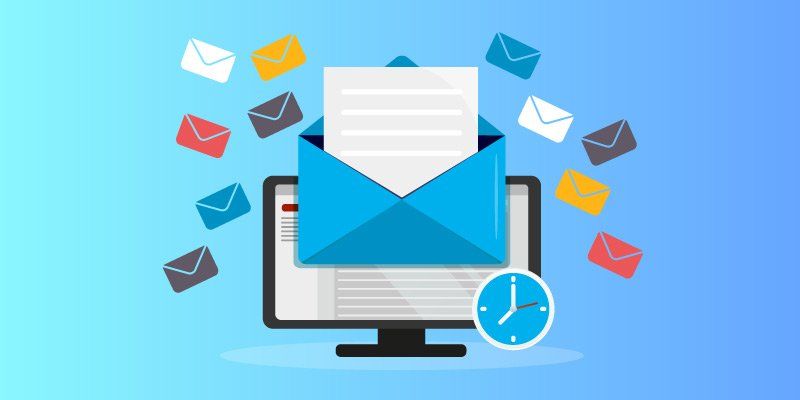Email bombing, also known as subscription bombing, is a malicious practice where an individual or organization intentionally inundates a targeted email address with a large volume of unwanted emails. This relentless barrage of emails can disrupt productivity, overwhelm email servers, and cause frustration. In this comprehensive guide, we will delve into the duration of email bomb attacks, explore survival strategies, and provide expert insights on defending against this malicious practice. By understanding the intricacies of email bombing and implementing effective countermeasures, you can protect yourself and your organization from the adverse effects of this disruptive attack.
The Duration of an Email Bomb Attack

The duration of an email bomb attack can vary depending on several factors, including the motivation of the attacker, the resources at their disposal, and the targeted email address. While it is difficult to provide an exact timeframe for an email bomb attack, they typically occur over a concentrated period of time, ranging from a few hours to several days. The intensity and duration of the attack can be influenced by the attacker's objectives, the sophistication of their methods, and the resilience of the targeted email infrastructure.
Survival Strategies for Email Bomb Attacks
When facing an email bomb attack, it is essential to implement effective survival strategies to minimize the impact and restore normalcy. Here are some expert-recommended strategies to help you survive an email bomb attack:
- Do Not Respond: It is crucial not to engage with the attacker or respond to any emails received during the attack. Responding may confirm the validity of your email address and potentially invite further attacks.
- Contact Your Email Service Provider: Reach out to your email service provider or IT department immediately to report the attack. They can provide guidance, offer solutions, and take necessary steps to mitigate the impact of the attack.
- Enable Filtering and Blocklists: Configure your email server or utilize email filtering services to identify and block incoming emails from known malicious sources. Implementing robust spam filters and blocklists can help reduce the number of unwanted emails reaching your inbox.
- Change Your Email Password: As a precautionary measure, change your email password to ensure the security of your account. Select a strong, unique password and enable two-factor authentication for an added layer of protection.
- Monitor and Analyze Incoming Traffic: Keep a close eye on the incoming email traffic during and after the attack. Analyze the patterns and sources of the emails to identify potential vulnerabilities and refine your email security measures accordingly.
- Educate Users and Employees: Raise awareness among your organization's users and employees about email bomb attacks. Educate them on best practices for email security, such as avoiding suspicious links and attachments, recognizing phishing attempts, and reporting any unusual email activity.
- Consider Email Security Solutions: Explore the adoption of email security solutions that offer advanced threat detection and prevention mechanisms. These solutions can help identify and block malicious emails, reducing the risk of email bomb attacks.

Frequently Asked Questions (FAQs)
Q1: How long does an email bomb attack typically last?
The duration of an email bomb attack can vary, ranging from a few hours to several days. However, the exact timeframe depends on the attacker's objectives, resources, and the effectiveness of the countermeasures in place.
Q2: Can I prevent email bomb attacks entirely?
While it is challenging to prevent email bomb attacks entirely, implementing robust email security measures, such as spam filters, blocklists, and employee education, can significantly reduce the risk and minimize the impact of such attacks.
Q3: What should I do if I become a victim of an email bomb attack?
If you become a victim of an email bomb attack, refrain from responding to the attacker, contact your email service provider or IT department immediately, enable filtering and blocklists, change your email password, monitor incoming traffic, and educate your users and employees about email security.
Conclusion
Email bomb attacks can disrupt productivity, overwhelm email servers, and cause frustration. Understanding the duration of these attacks and implementing effective survival strategies are crucial for mitigating their impact. By following expert recommendations, such as refraining from responding, contacting your email service provider, enabling filtering and blocklists, and educating users and employees, you can navigate through an email bomb attack with resilience. Stay proactive, stay informed, and safeguard your email infrastructure against this malicious practice.



